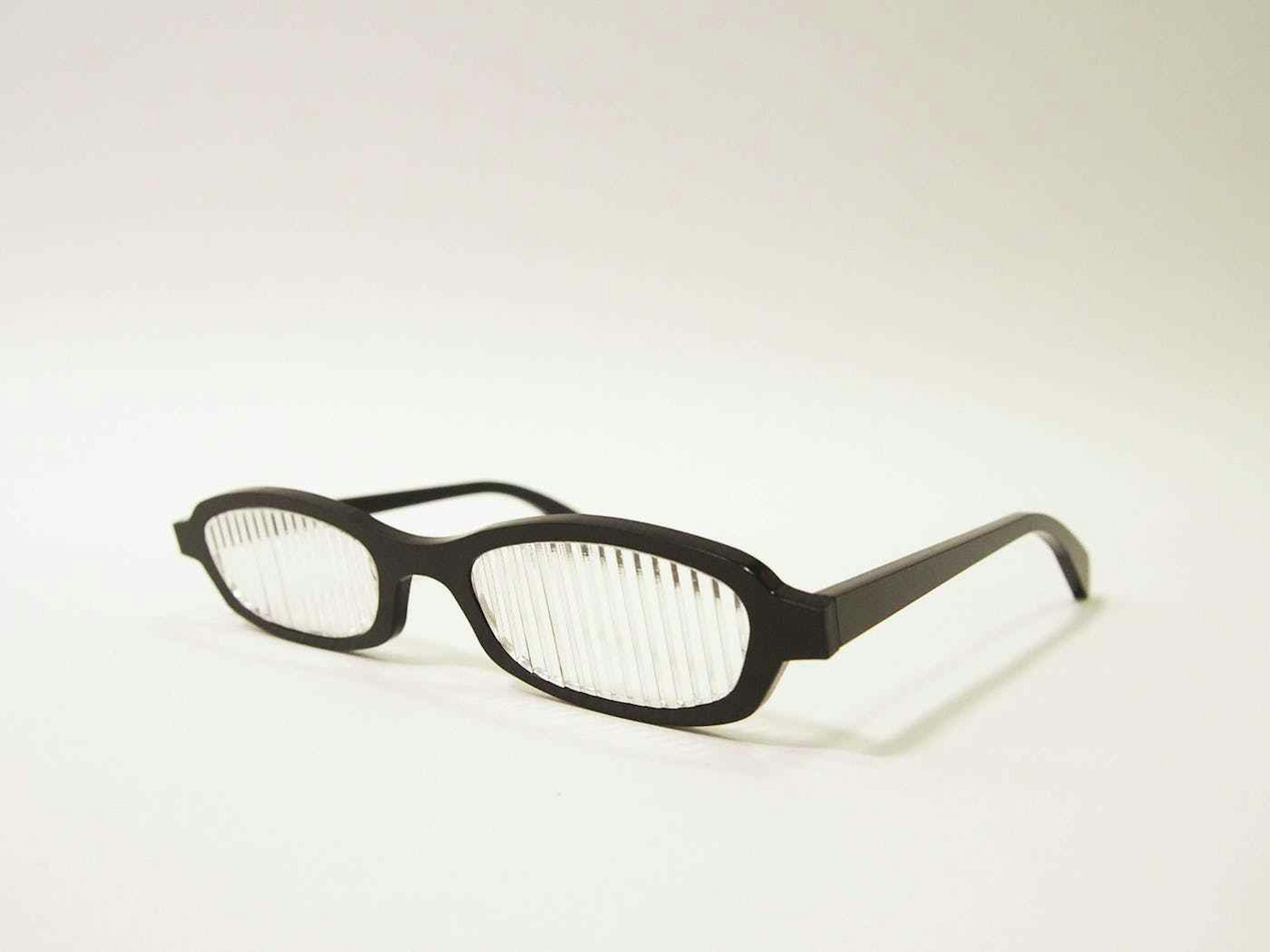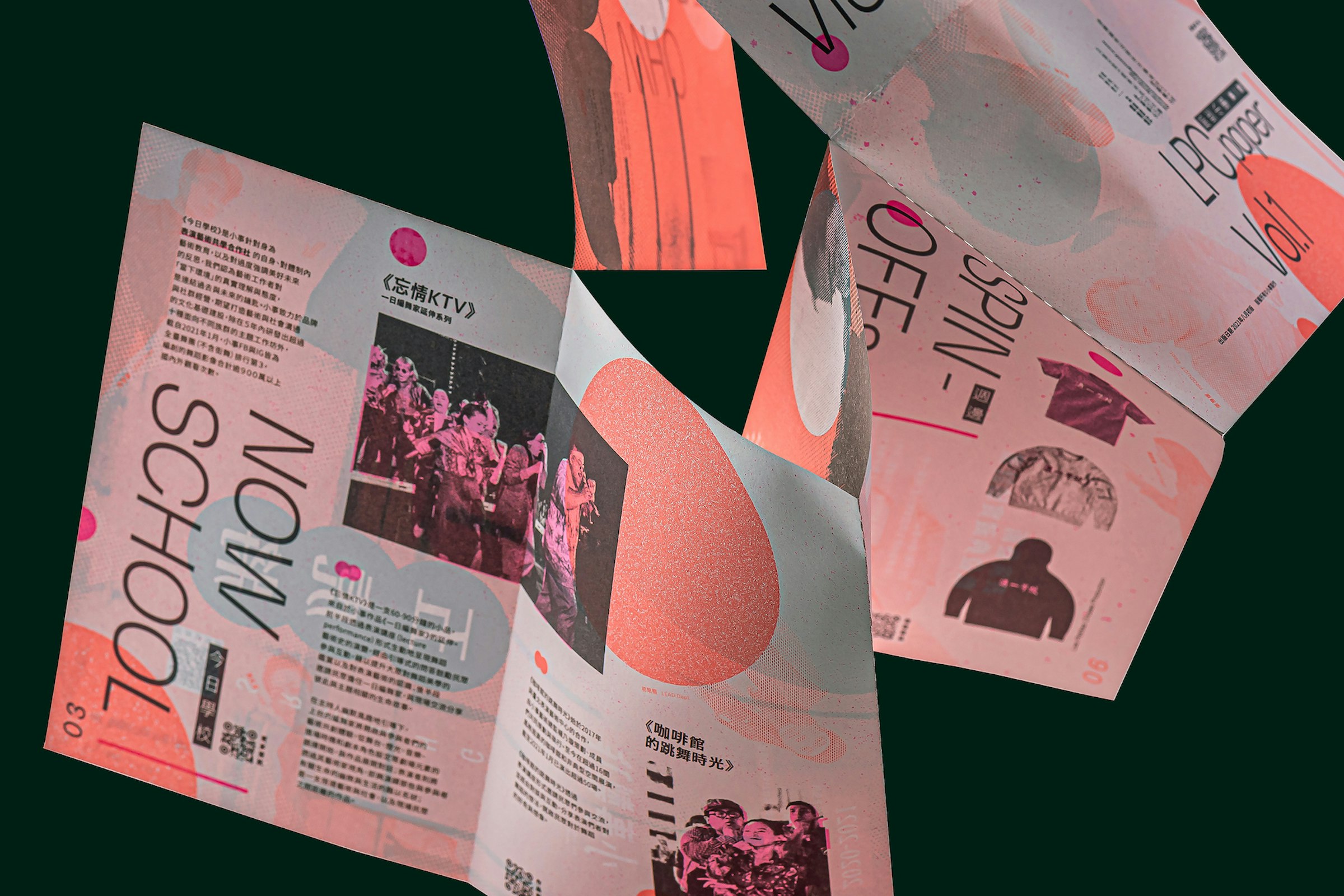- Home
- MA Journal

Many recurring activities are cultural and involve designed objects in the performance of the activity concerned. Designers are familiar with such repeated patterns referring to them as scenarios or scripts, within cognitive science they are referred to as cultural frames (Fillmore 1982, Feldman 2008). The interesting thing about cultural frames is that we can learn them without hardly being aware that we have. We probably use the shopping frame every day without even consciously thinking about it. We follow a familiar sequence of behaviours using and interacting with things like money and goods in the ways expected of us. We take on roles like buyer and seller. But when something goes wrong, maybe then, the frame becomes a little more obvious to us. We might question whether we are doing the ‘correct’ thing or whether it is the situation in which we are operating that is not functioning as expected.
In this short project MA Graphic Design students sought to reveal the operation of a cultural frame by deliberately tampering with one aspect of it. By making something dysfunctional within the frame, it prompts us to question the conventions of the frame concerned to perhaps find a way that this dysfunctional object could become meaningful or useful. So for example the simple addition of thorns to a cigarette, not only renders the object unusable but makes us think about the malignant quality of the object and how this ripples out to the individual, her family and to public health in general.
Another quality that some of these objects have is that of contradiction; the thing that would normally facilitate some action or desire becomes the thing that prevents the action taking place. This can be a minimal intervention—a handle on a kitchen cabinet, for example, invites us to open a door, but when moved to the side of the door on which the hinges are hung it becomes a sham; a counterfeit object that resists our attempts to make it function in the way it would normally do. Food packaging often has the function of not only protecting goods but presenting them to a potential buyer in an attractive way. But what happens when the transparent packaging that invitingly presents the chocolate biscuit to us prevents access to the treat inside? On the one hand it awakens our hunger and interest but on the other it provides an impermeable barrier to the object we desire. A handle to a bag is a functional addition that enables us to carry things easily but when subverted so that picking up the bag activates a trap door in its bottom we become aware of the forces in play and frustrated by our inability to simply move things from one place to another. In yet another example, engagement rings make a conspicuous display of commitment yet when the jewels are relocated from the outside surface of the ring to its inside, it is indicative of a stone in one’s shoe; a constant nagging pain to be endured.
Other objects crash two different frames together in disastrous ways. The ergonomic functionalism of the angle poise lamp calls into mind the precision of the architect’s office or craft studio. When grafted onto an everyday object like an umbrella it almost seems like a good idea, until one imagines the vagaries of the wind and what that would do to such an apparatus. Then there are the competing frames of art appreciation and commercialism which are often manifest in the design of galleries which have built into them the final inevitable visit to the gallery shop. Signage that constantly re-directs people to the shop, in an infinite, closed loop, highlights this tension and calls into question the nature of such cultural experiences.
I suppose that one of the things that was learned through project was that it is fairly easy to design something that will not work but more difficult to do so in a way that makes people ask questions. A goal achieved through evoking the cultural frame/s of which the designed objects are a part.








